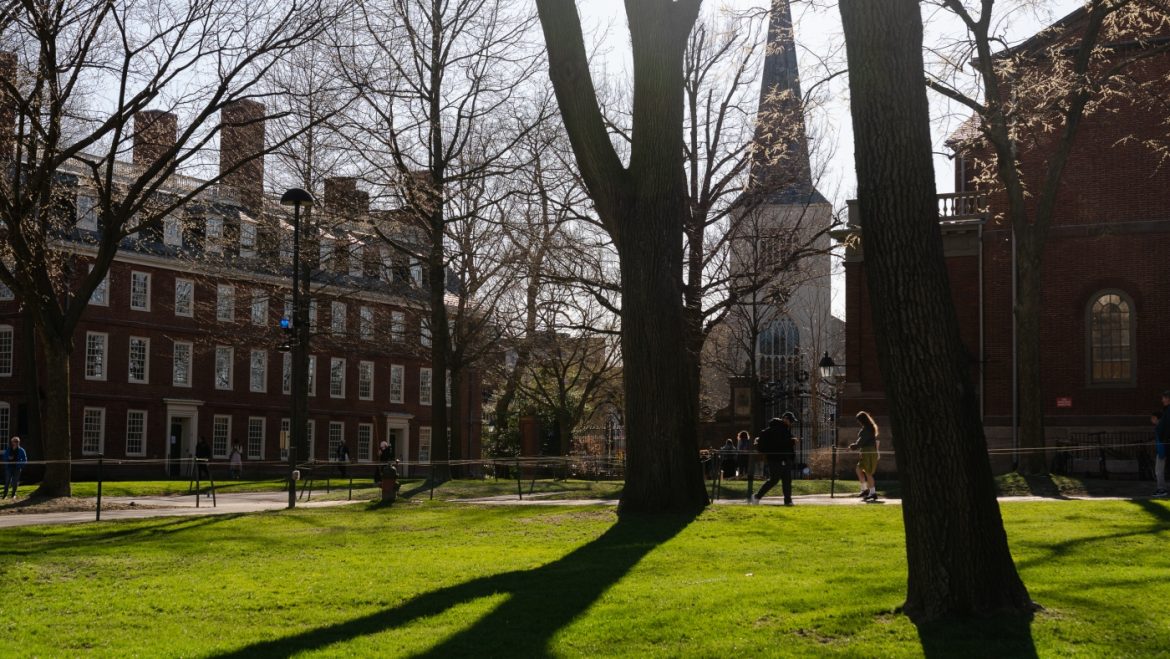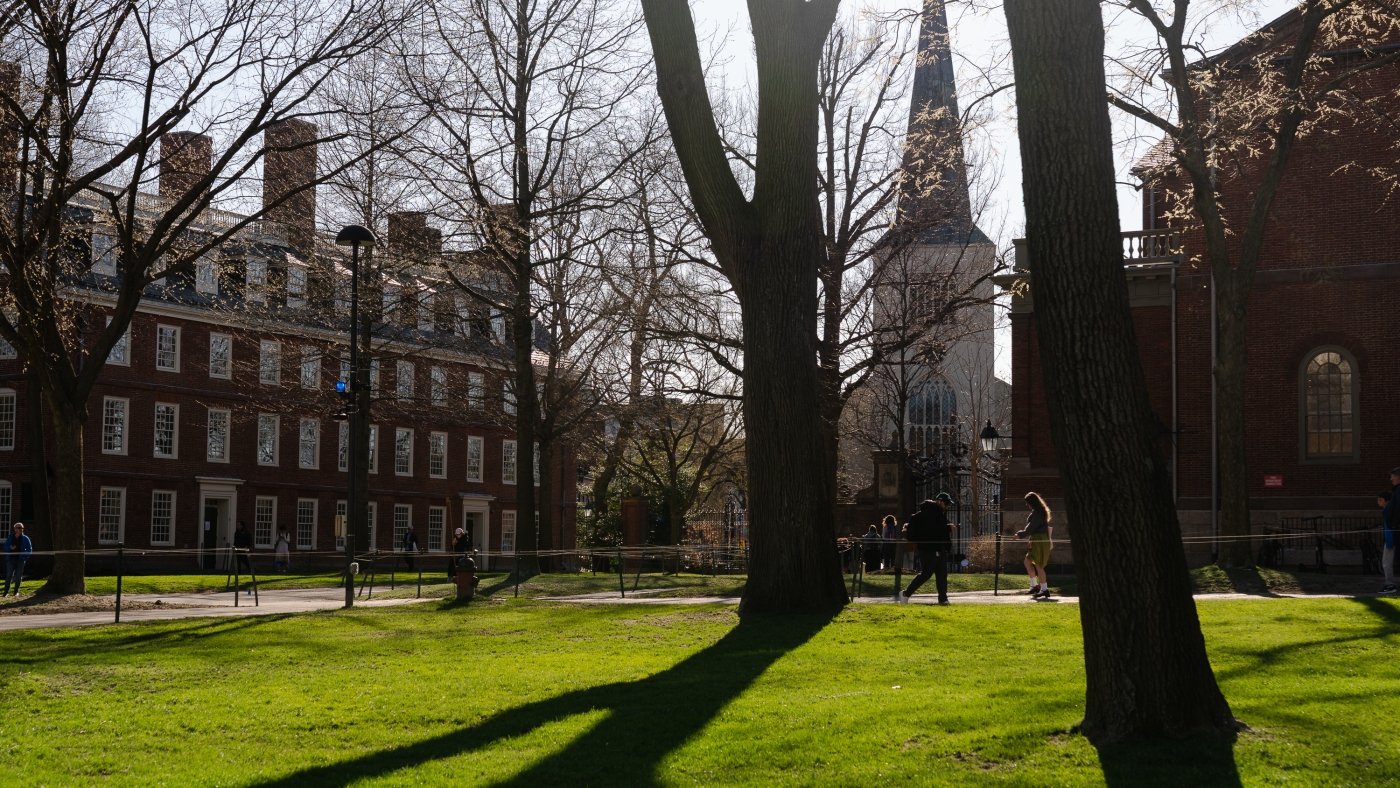Unpacking the Clash: Trump Administration Versus Harvard on International Students
The ongoing dispute between the Trump administration and Harvard University over the enrollment of international students has evolved into a legal, political, and educational showdown. Central to this conflict is the administration’s attempt to revoke Harvard’s authorization to enroll international students, primarily those holding F- or J- nonimmigrant visas. A federal judge’s recent intervention to block this revocation has intensified the debate, highlighting issues around constitutional rights, immigration policy, and the future of international education in the United States.
Background: The Administration’s Challenge to Harvard’s Enrollment of International Students
In a bold move, the Trump administration sought to prevent Harvard University from enrolling international students for the academic year 2025-2026. This action extended beyond future applicants, encompassing students already studying at Harvard. The Department of Homeland Security (DHS) justified this decision by accusing Harvard of permitting behavior it deemed “anti-American” and “pro-China,” signaling a broader geopolitical concern underlying the policy shift. Simultaneously, efforts surfaced to undermine Harvard’s tax-exempt status, suggesting a multifaceted approach aimed at pressuring the institution on several fronts.
These developments surfaced amidst a broader aggressive stance on immigration, particularly toward international students, perceived by some in the administration as potential security risks or as benefiting foreign interests disproportionately. By targeting one of the nation’s most prestigious universities, the administration conveyed a message intended to deter other institutions from adopting similar policies or hosting certain international populations.
The Legal Battle: Harvard’s Response and the Judge’s Intervention
Harvard University promptly responded by filing a lawsuit against the federal government, challenging the legality of the revocation order. Within less than 24 hours, the university sought a temporary restraining order and a preliminary injunction to halt the administration’s directive from taking effect. This swift legal action underscores the urgency Harvard placed on protecting its long-standing tradition of international diversity and academic freedom.
A federal judge indeed issued a temporary restraining order blocking the administration’s move, labeling the efforts as a “blatant violation of the Constitution.” This ruling highlights judicial recognition of the university’s argument, that barring international students infringes upon rights protected by law, possibly including due process and equal protection under the law.
The judicial decision represents a significant pushback against the Trump administration’s immigration policies affecting education, temporarily preserving Harvard’s ability to continue enrolling international students. It also reflects judiciary caution in altering immigration rules particularly when they impact established educational institutions and students currently in the system.
Impact on International Students and Higher Education
Had the administration’s policy been enforced, thousands of international students at Harvard would have faced transfer mandates or departure from the United States. Such a disruption threatens academic progression, personal stability, and the broader cultural and intellectual fabric where international students contribute significantly.
This conflict exposes vulnerabilities in the system that international students rely on and sends ripples through the higher education sector nationally. Universities across the country stand to be affected by the precedent set in this case, as other institutions with significant international enrollment might encounter similar scrutiny or restrictions.
Furthermore, the policy raises concerns about America’s global educational competitiveness. International students bring invaluable perspectives, innovation, and economic input, strengthening universities’ academic standing and the country’s international influence. Restrictions threaten to marginalize these benefits and could lead to a decline in the US’s attractiveness as a destination for global scholars.
Political and Administrative Dynamics Behind the Move
The administration’s strategy appears to be part of a larger political effort to tighten immigration controls and assert national security priorities. Targeting Harvard, a symbol of elite education with a large international population, draws public attention and enforces a tough-on-immigration stance favored by certain political constituencies.
Such moves also correlate with mounting criticism and suspicion of international collaborations, especially those involving geopolitical rivals. Labeling Harvard as hosting “anti-American” or “pro-China” elements frames the debate within the broader context of global rivalry, raising complex issues about academic freedom and the role of universities as spaces of open inquiry.
Conclusion: A Crossroads for Immigration, Education, and Constitutional Rights
The legal battle between Harvard and the Trump administration encapsulates broader tensions at the intersection of immigration policy, higher education, and constitutional law. The judge’s intervention to block the revocation of Harvard’s international student enrollment privileges represents a significant safeguard for academic institutions and international students alike, affirming protections against abrupt governmental actions that disrupt education and civil liberties.
As this case unfolds, it carries profound implications—not just for Harvard but for the ethos of American higher education and its place in the global academic community. The resolution will likely reverberate through immigration law, university governance, and international policies on educational exchange.
In essence, this conflict underscores an essential debate over how a nation balances security concerns with its commitment to openness, diversity, and academic excellence. The outcome will shape the landscape of immigration and education policies for years to come, influencing how the United States welcomes the world’s brightest minds and maintains its role as a global leader in higher education.


